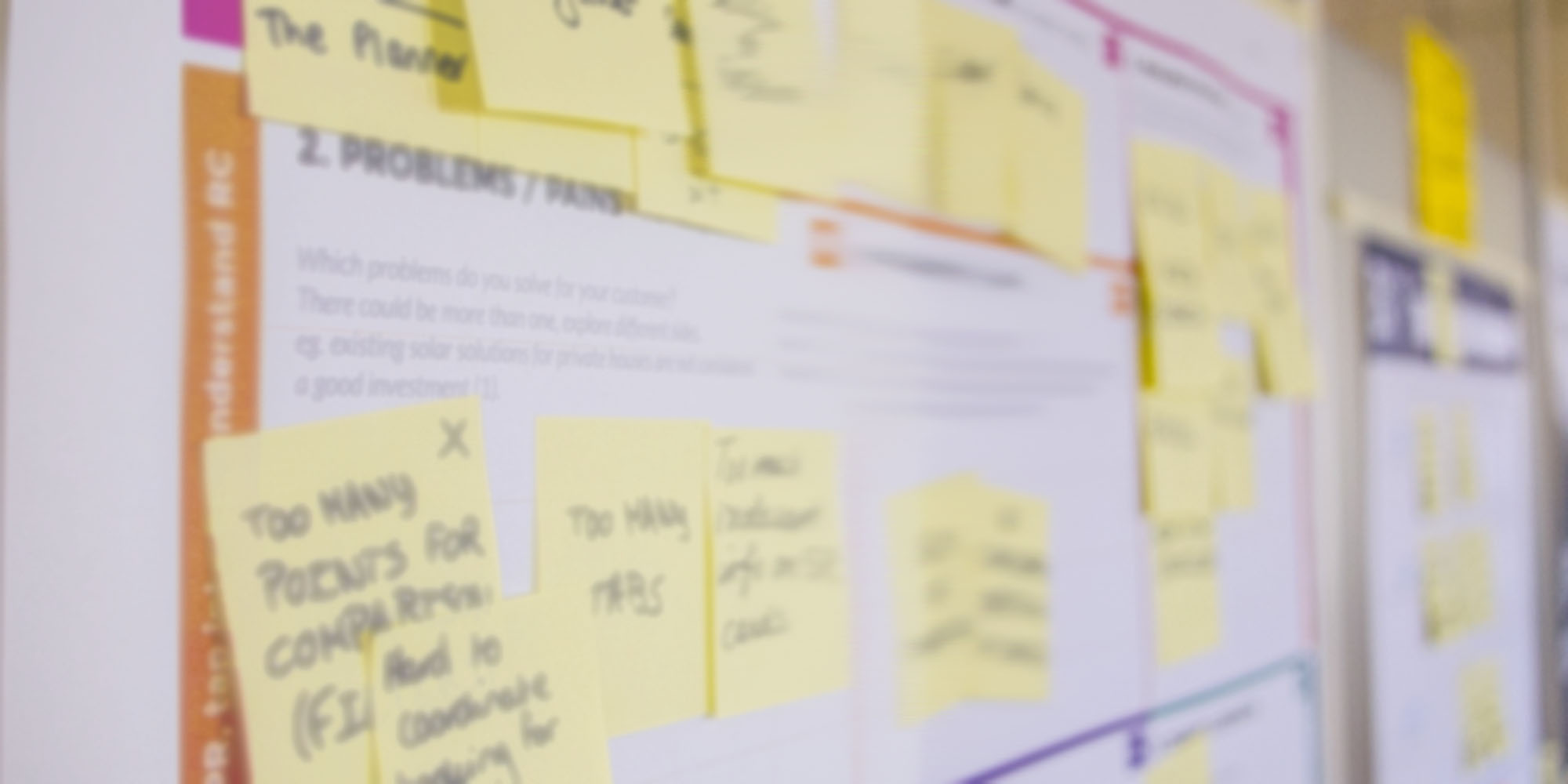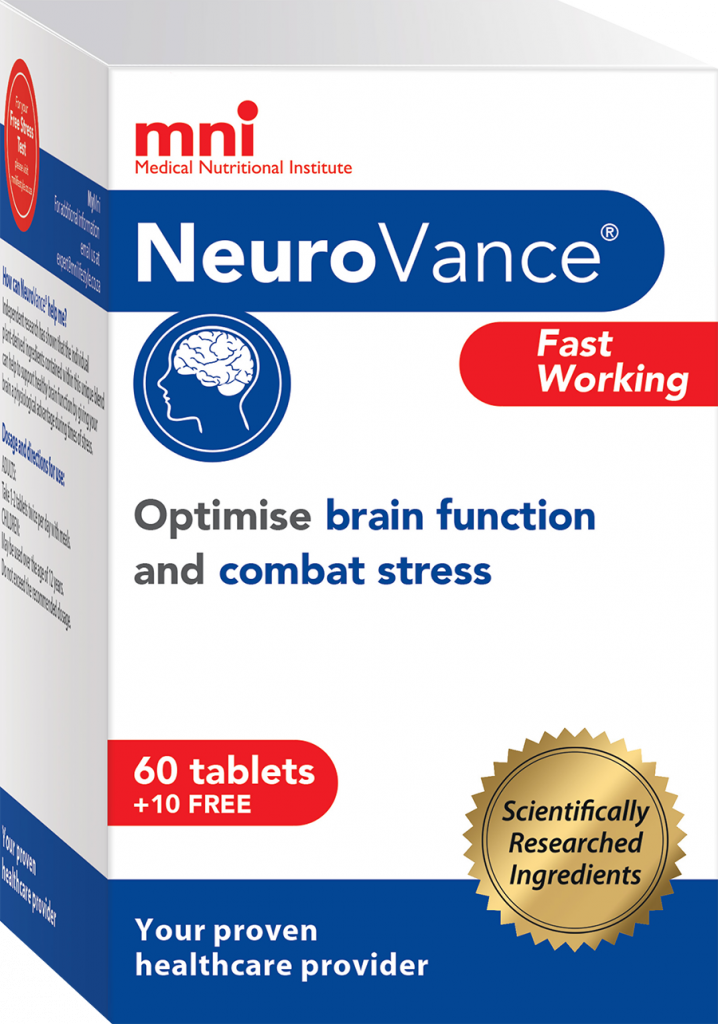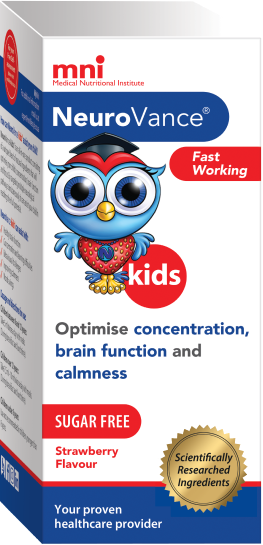Large tasks often seem overwhelming before starting. The sheer amount if work and lack of structure can make them seem like they cannot be completed. This anxiety often leads to procrastination, as children fret about how to get started. Depending on a child’s concentration levels, tasks viewed as overwhelming can include anything from getting ready for school to a complex multi-part assignment. The following strategies can be applied to large or small tasks, and adapted according to your child’s preferred style of working, learning and concentration levels.
Goal setting is a teachable skill, as is the ability to breakdown tasks into smaller goals. This form of organisation, called “chunking”, involves starting an assignment, task or homework through first deciding what needs to be done, identifying each small step involved, and then assigning a timeline/deadline to each goal.
Through tackling smaller goals, anxiety will be reduced, instructions made clearer and motivation increased as a sense of accomplishment can be felt when each small step is completed, rather than only at the end of the assignment. Children are also more likely to stick to smaller deadlines which require less time and concentration. Teaching them these skills is essential to helping them stay organised and deal with the increasingly busy and demanding world as they grow up.
Which exact method, how much time should be allocated to tasks, how far they should be broken down and how to represent deadlines will depend on your child’s personality, learning style, concentration ability and motivations. Use the following as an overall guide, and experiment with the above factors to see what they do best with.
Step 1: Define the task/Identify the problem
A simple example of what would be household chores:
What am I supposed to do?
- Feed the dog
- Clean my room
A more complex example would be when presented with an assignment, decision or task. Exactly what should be done is not always obvious. The first step to completing the task is identifying and explicitly stating the larger or overall goals and questions.
This step is especially important for more complex, larger assignments and activities. Help your child understand exactly what it is they need to do, or what the end goal of the assignment is. Jot down and have them give quick answers to questions like:
- What am I supposed to do?
- What are the questions that are being asked?
- What type and how much information do I need?
- What should my finished work look like?
For example, if your child receives a multiple part assignment such as:
You have learned about some of the people who changed science so that we can live in the world we do today. Your assignment is to write about one of these people, their discovery and how their discovery is used in our daily lives. Your essay should be 3 pages long. You will then be required to present this to the class in a 5-minute presentation, using a visual aid of your choice (like a model, experiment, drawing or poster) in a mini science fair.
Essay due date: 2 weeks time
Science fair: 4 weeks time
What am I supposed to do?
- Write a 3 page essay about a scientist, their discovery and how it helps us today
- Write a speech about a scientist and their discovery using a visual aid
What are the questions that are being asked?
- What is the history of the scientist?
- What did they discover?
- Where/how is the discovery used in my life?
What should my finished project look like?
- The essay should be
- Introduction (one paragraph)
- Body (2 and a half pages)
- Conclusion (one paragraph)
- The speech should be
- Introduction (1 minute)
- Discussion (3 minutes)
- Conclusion (1 minute)
- The visual aid should be
- A model
- An experiment
- A drawing
- A poster
What type and how much information do I need?
- Information on their life (2 paragraphs)
- Information on their discovery (2 paragraphs)
- Information on its modern uses (2 paragraphs)
Or if they need to do chores:
What am I supposed to do?
- Feed the dog
- Clean my room
Step 2: Break down the task/problem into smaller goals
Once it is clear what should be done, the next step is to break down each major goal into smaller chunks. This can be done over and over until each small piece is manageable and achievable. Depending on your child’s ability to focus or work schedule, the size of each piece of work will vary, but should each be something they can manage in a normal day.
As they become older or more used to tackling tasks in this manner, the size of each can be increased according to what they feel they can handle, and perhaps a single chunk might span over an entire week or month. Helping them do this part themselves will aid them in understanding what is feasible and how to identify smaller questions leading to a bigger goal.
Following the example of the essay from above, smaller questions and goals might be:
Which scientist do I want to choose?
- Which discovery did I like most?
- Can I think of how it relates to one of my hobbies or interests?
What questions do I want to ask?
- Is there any information on their life before they went into science?
- When and where was he/she was born?
- Where did they go to school?
- Were there any events that happened that inspired them?
- How did they get into their field?
What was their major discovery?
- What does it actually mean?
- What did other scientists think about it at the time?
- Why was it so important?
How did this discovery make a difference in the world?
- Did the discovery lead on to more discoveries?
- What did the discovery get used for?
- Are there any examples of its use in things that I do/see/use every day?
3. Find information on each question
4. Put this together in an essay
- Write about their life
- Write about their discovery
- Write about how their discovery changed the world
- Write introduction
- Write conclusion
5. Revise and review
- Mark errors or where changes or details are needed
- Correct these
- Reread and repeat
6. Hand in
In terms of homework or chores, it might be best to schedule a daily routine, based around what subjects or tasks your child does best in and enjoys, what they find difficult to concentrate on and what they might need the most help with. Depending on the type and amount of homework or activity it could also be useful to use some of the techniques for larger assignments discussed above, like defining the problem and breaking it down into smaller goals first. Try and place the different subjects at times when it best suits their concentration levels, and alternate between subjects they find interesting and do well in with ones they don’t.
Taking homework as an example:
1. Start with maths homework
2. English homework
- What should my poem be about?
- What words does the teacher want me to use?
- What words rhyme with these words?
3. Science homework
4. Art homework
5. History homework
- Read the background material and make notes
- Do the worksheet
Or for chores:
What am I supposed to do?
- Feed the dog
- Clean dogs bowl
- Open a can of food
- Put half the can in the bowl
- Put the other half in the fridge
- Clean my room
- Take dishes to the kitchen
- Put toys back in the toy box
- Make bed
Step 3: Define these chunks as individual tasks and give them a timeline/deadlines:
By doing this, your child can focus their energy on tackling one specific question or goal at a time. It will also give them a sense of achievement and progress toward the goal, and keep them focused. It is important to take into account your child’s strengths and weaknesses in helping set deadlines or deciding on the length of time allowed for each task.
If your child is good at remembering or looking for information, but has trouble writing, they will need more time for writing the actual essay than doing research. If they have concentration difficulties, they may need to spend more time on each goal. Most importantly, things almost always take longer than you think they will. Rather schedule too much time, both to ensure deadlines are met, as missing deadlines can be very demotivating, while finishing early is often accompanied by a greater sense of achievement.
Depending on your child’s preferred style, these could be represented on a mind-map, checklist (this can give younger children a great sense of achievement as they check off the tasks they have completed), calendar or any other form that your child might like.
Once again, taking the assignment as an example:
1. Choose the scientist (day 1, 15 minutes)
2. Find information on each question
- Is there any information on their life before they went into science? (day 2, 1 hour)
- What was their major discovery? (day 3 and 4, 1 hour)
- How did this discovery make a difference in the world? (day 5 and 6, 1 hour)
3. Put this together in an essay
- Write about their life (day 7, 1 hour)
- Write about their discovery (day 8, 1 hour)
- Write about how their discovery changed the world (day 9, 1 hour)
- Write introduction (day 10, 30 mins)
- Write conclusion (day 10, 30 mins)
4. Revise and review (day 11 and 12, 1 hour)
5. Hand in (day 14)
In terms of homework:
1. Start with maths homework
- Do 5 questions (or every 20 minutes) and then have a short break until you are done
2. English homework
- Work for half an hour and then take a 5 minute break
3. Science homework
- Do 5 questions (or every 20 minutes) and then have a short break until you are done
4. Art homework
- Take a 5 minute break every 30 minutes
5. History homework
- Read the background material and make notes
- Take a break
- Do the worksheet
Step 4: Help your child stick to these deadlines, and revise whether the exact strategy is working
This will especially be necessary at the beginning, while your child learns to stick to their timeline and before they begin to feel more motivated and focussed as a result of meeting deadlines and feeling less anxious. They will also begin to learn what works best for them in tackling these goals, but bear in mind that this will be a period of experimentation, and may still be accompanied by some difficulty if a particular strategy is not working.
Check in with them regularly for the first few tasks. Ask them what they like about how their work is structured and what they don’t. Perhaps they are having difficulty using a calendar, but feel their times between breaks are perfect. Adjust according to your child’s needs, and allow them to start leading the process. After a while, give them more space, until they are able to complete the whole process by themselves.
View our Neurovance products or ask our experts any questions!







